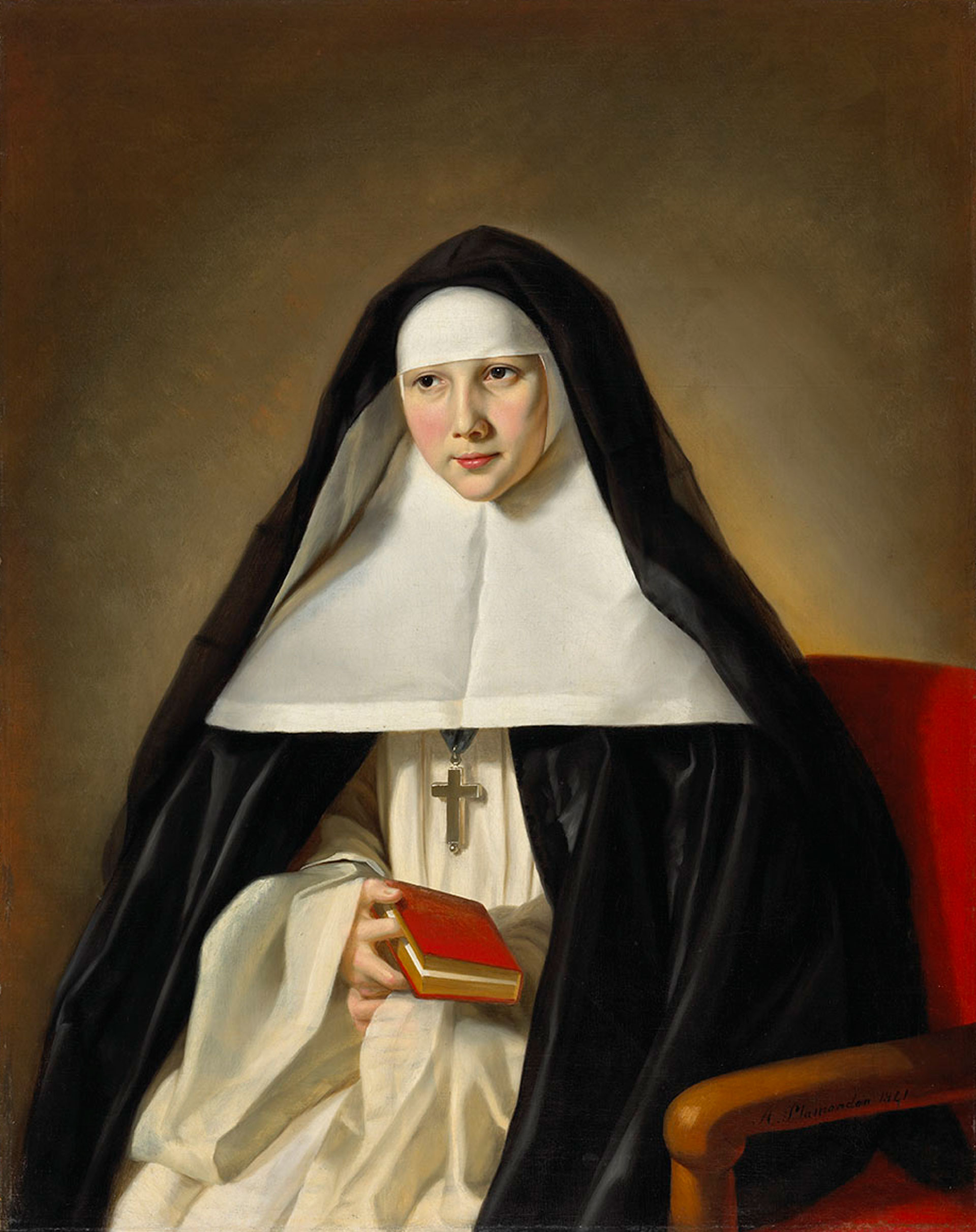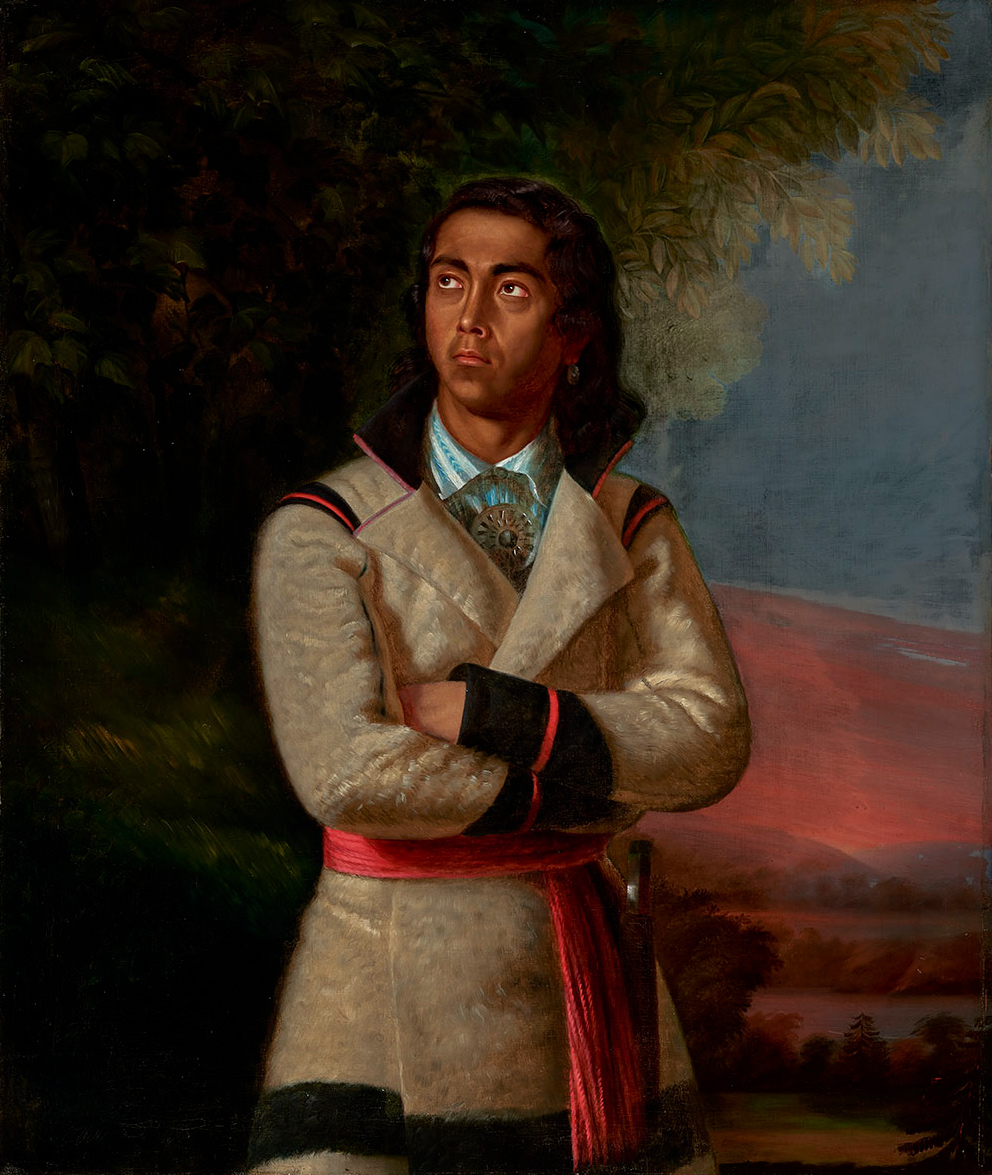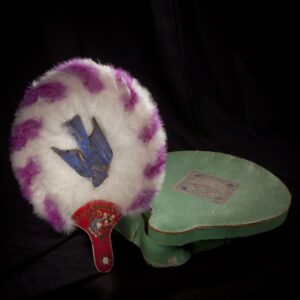Antoine Plamondon (1804–1895)

Antoine Plamondon, Sœur Saint-Alphonse (Sister Saint-Alphonse), 1841
Oil on canvas, 90.6 x 72 cm
National Gallery of Canada, Ottawa
With his mentor, Joseph Légaré (1795–1855), and his apprentice and future competitor, Théophile Hamel (1817–1870), Antoine Plamondon formed what the art historian Dennis Reid called “the dynasty” of French Canadian painters. This group, firmly established in Quebec City during the nineteenth century, flourished primarily in religious painting and portraiture, but it is in the latter genre that Plamondon distinguished himself from his peers and built his career.

The three portraits of Augustinian nuns from the Hôpital général de Québec, painted in 1841 on commission from their families, are regarded as Plamondon’s masterpieces, particularly by the art historian Gérard Morisset (1898–1970). The portrait Sœur Saint-Alphonse (Sister Saint-Alphonse) exemplifies these compositions, which are imbued with dignity and a recognizable neoclassical clarity. This is reflected in their frontality, the neutral background, the restrained colour palette, and the meticulous details of the sister’s attire and expressiveness of her face. Portraitists of the time were primarily focused on capturing temporal qualities of likeness and presentation—elements that photography would soon more easily replicate and proliferate. Plamondon, however, succeeded in imbuing his subjects with qualities of a different kind: almost spiritual in nature and marked by a remarkable sense of depth and presence.
He also infuses his compositions with a touch of Romanticism through his subjects’ profound facial expressions and the natural settings surrounding them, as seen in Le dernier Huron (Zacharie Vincent) (The Last of the Hurons [Zacharie Vincent]), 1838. This portrait presents the young Wendat painter Zacharie Vincent Telari-o-lin (1815–1886) in a dramatic composition set against a glowing red sunset, perpetuating a then-common stereotype regarding the imminent disappearance of Indigenous populations. More than a portrait, the work is a representation of “a nation and… its destiny,” and it carries significant symbolic weight: Vincent becomes an allegorical figure embodying the fate of a people doomed to vanish under the weight of assimilation. For French Canadians, who had recently endured the defeat of the nationalist Patriotes in the Rebellions of 1837–38, the plight of Indigenous communities under foreign political power mirrored their own. Le dernier Huron (Zacharie Vincent) reflected their sense of erasure. Praised by the press, the portrait earned Plamondon the first-class medal at the 1838 competition of the Literary and Historical Society of Quebec.
Plamondon began his career with a period of prestigious training, starting with six years in Joseph Légaré’s studio, where he worked on restoring the works of the Desjardins Collection. With the support of the Abbés Desjardins, Plamondon also studied in Paris for four years, from 1826 to 1830, in the studio of Jean-Baptiste Paulin Guérin (1783–1855), painter to King Charles X. In 1830, Plamondon became the first drawing instructor at the Séminaire de Québec; he taught there from 1830 to 1835, and again from 1840 to 1851. Though primarily a portraitist and religious history painter, he was also a fierce polemicist. Plamondon’s long career was crowned in 1880 with his appointment as a founding vice president of the Royal Canadian Academy of Arts, a prestigious emerging institution.

 About the Author
About the Author
 More Online Art Books
More Online Art Books
 Acknowledgements
Acknowledgements